Top NewsSportMy PlanetPortrait. A Hero of Our Time
Single

The human cost of COVID-19
1st place. Special prize by International Committee of the Red Cross

Chaos on the Greek island of Lesbos over the killing of a 20 year-old refugee
2nd place
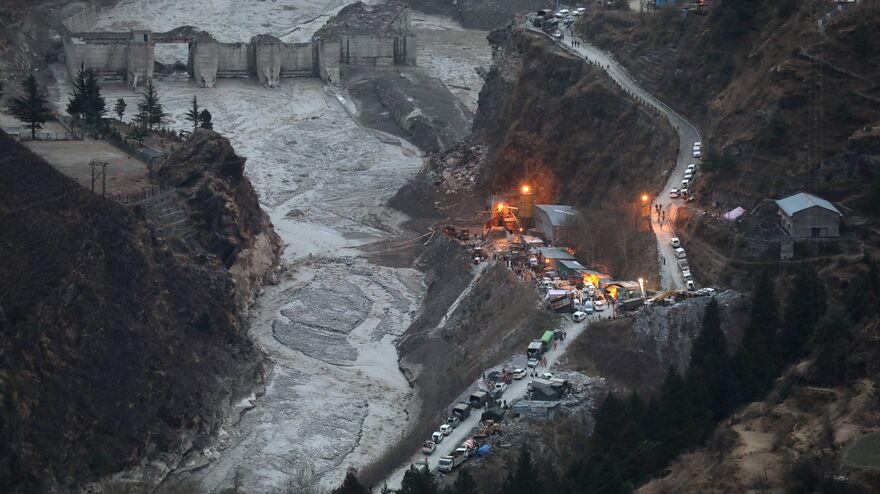
India, Uttarakhand Glacier flooding
3rd place
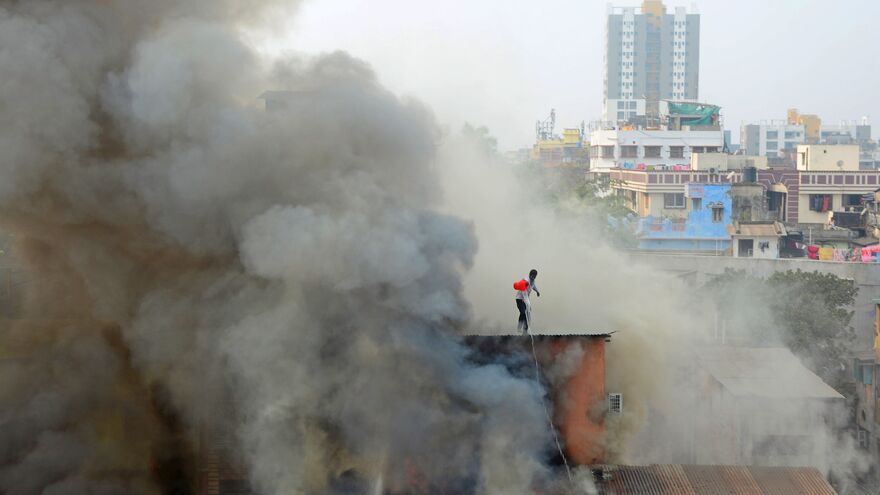
Endless effort
Jury Honorable Mention
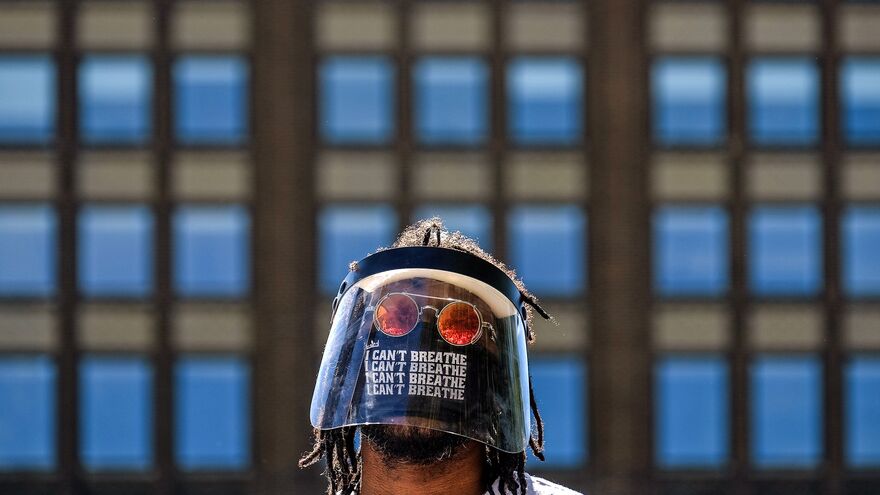
Black Lives Matter
Jury Honorable Mention
Series



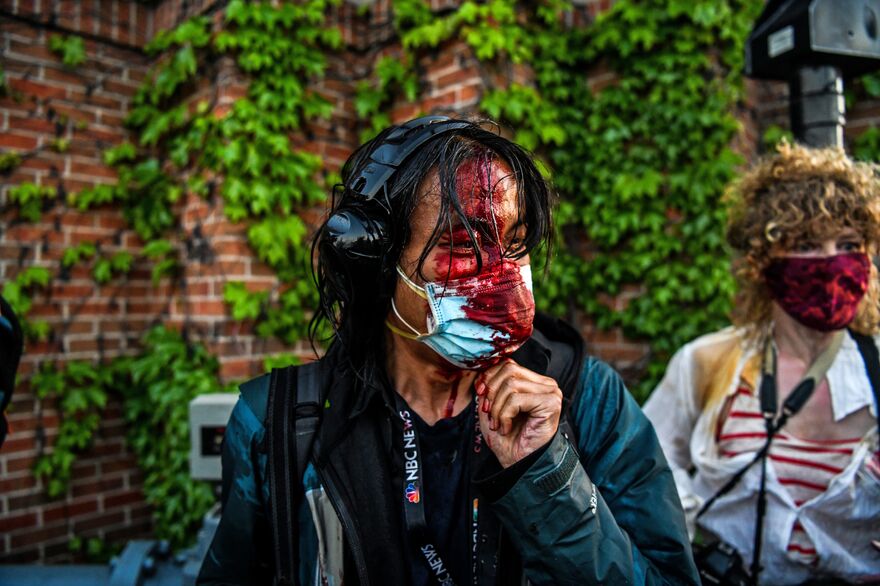
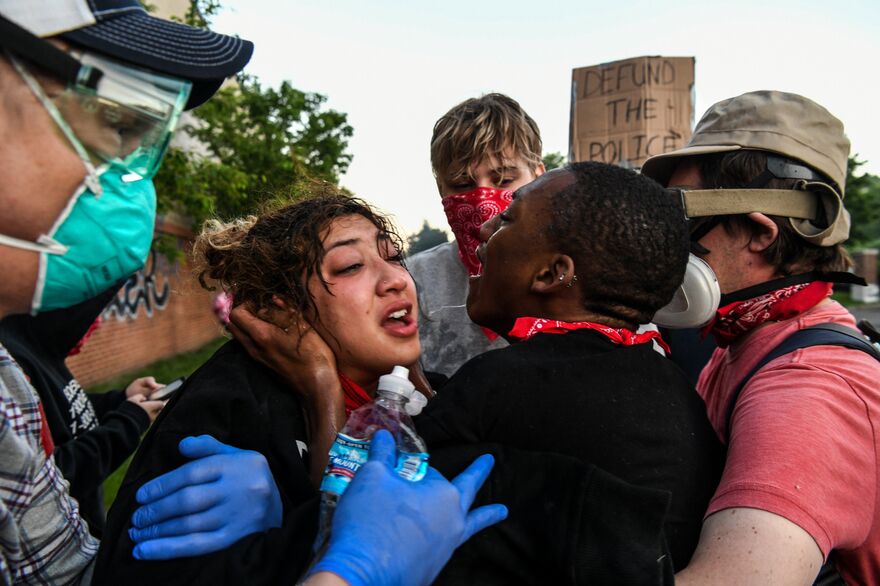




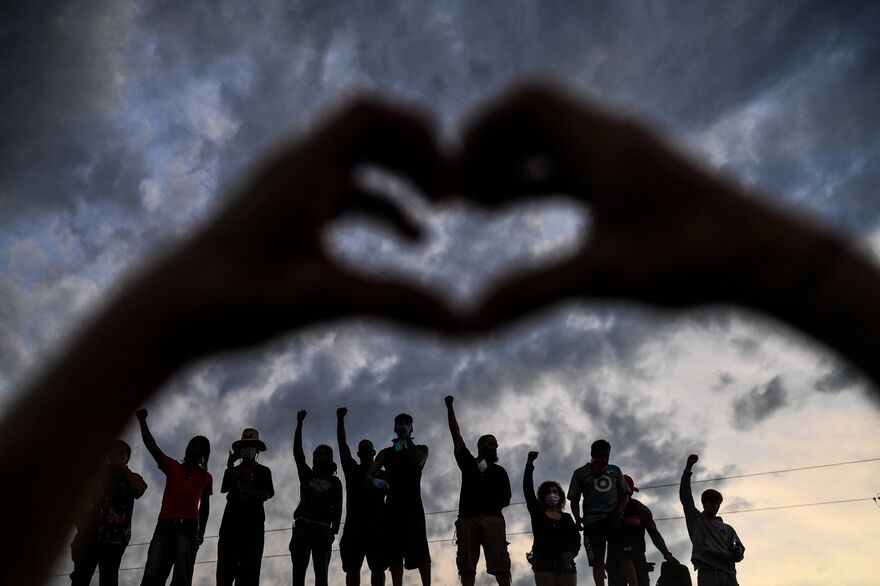


Dissent
1st place






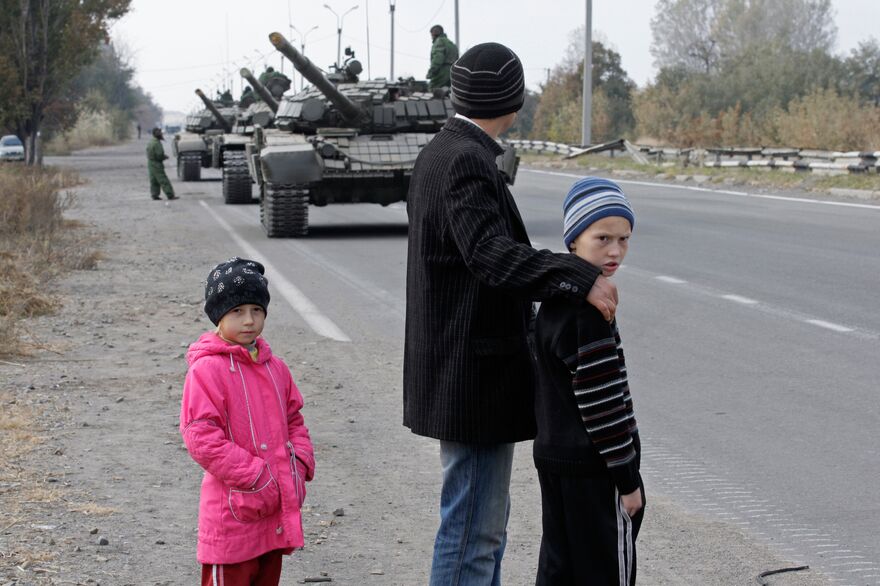


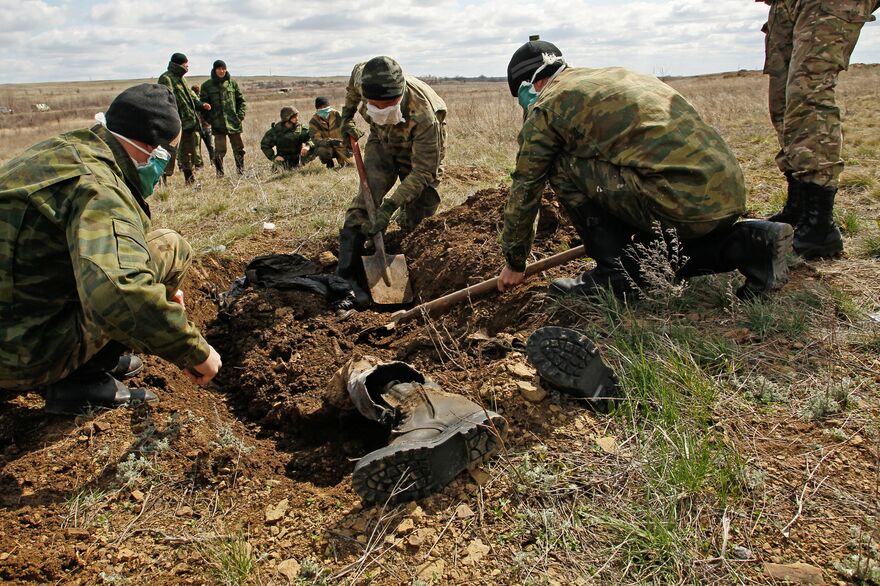


Europe’s Bleeding Wound
2nd place. Special prize by International Committee of the Red Cross
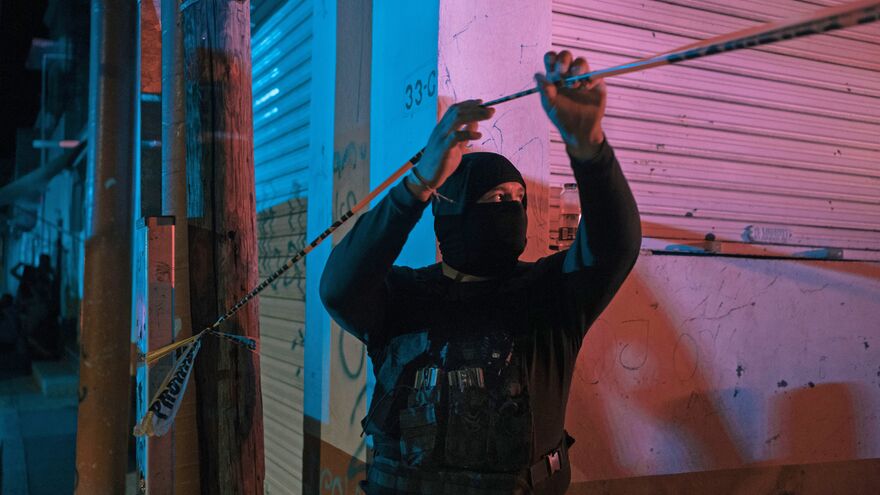








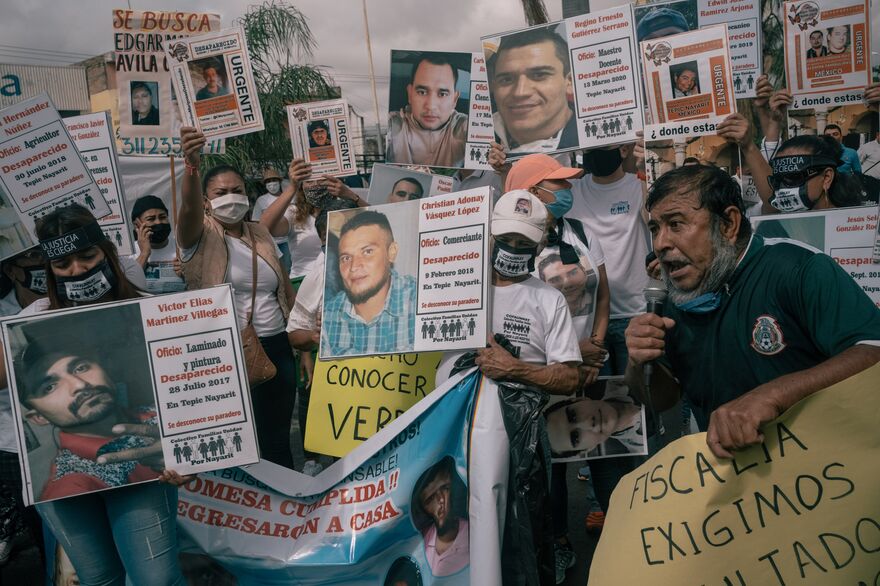


Losing Control of Mexico
3rd place






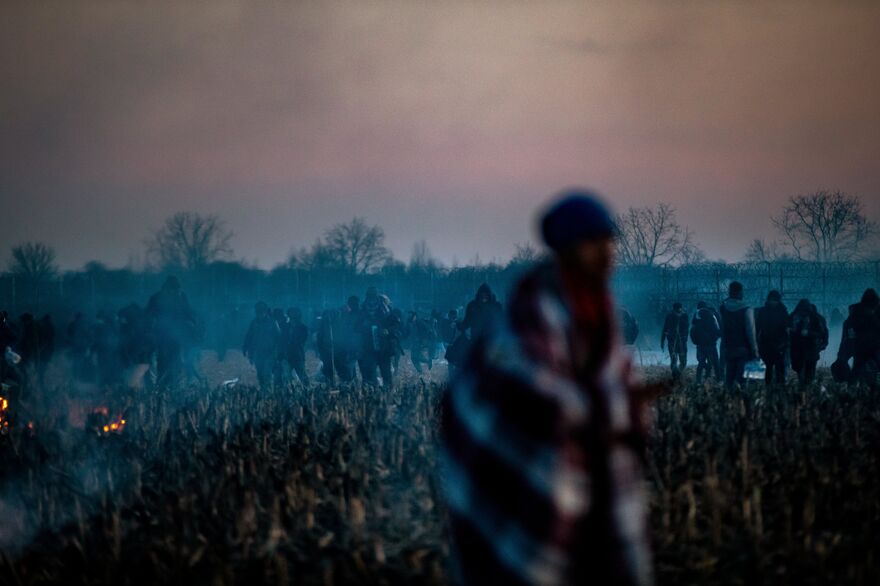

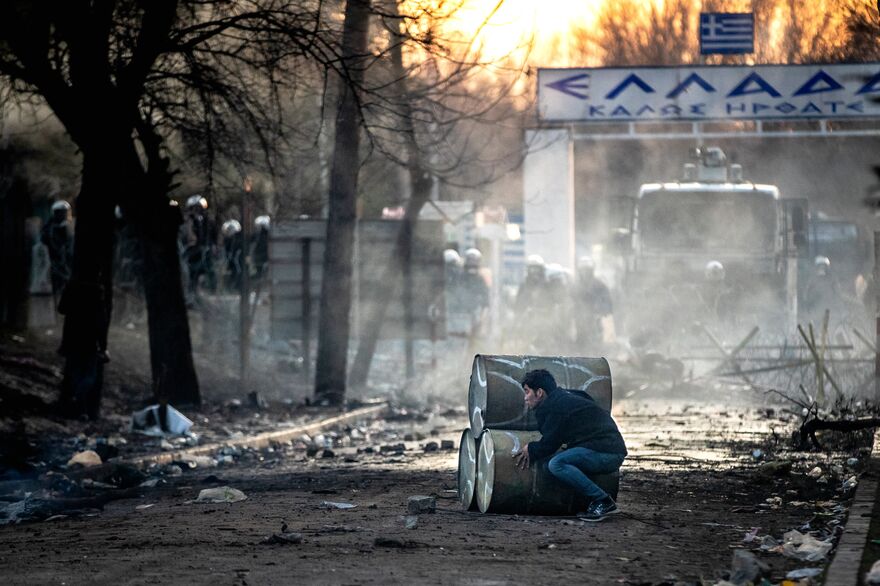

Asylum seekers on the move to Europe
Jury Honorable Mention
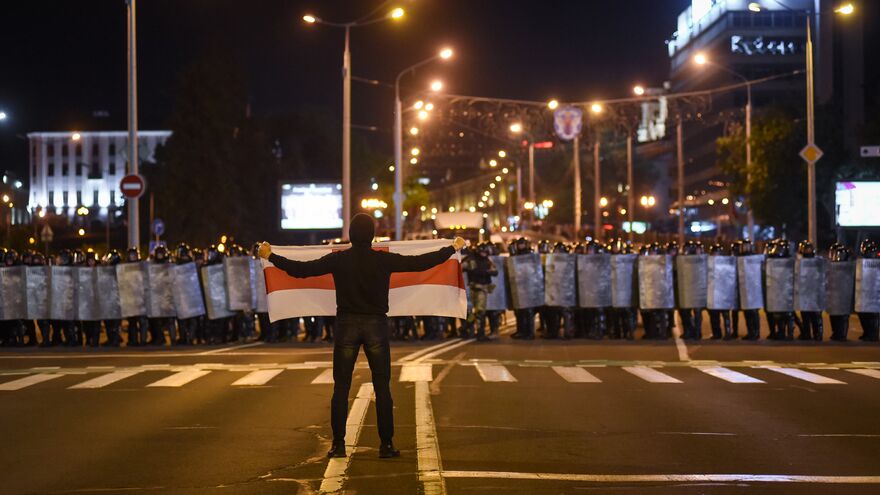



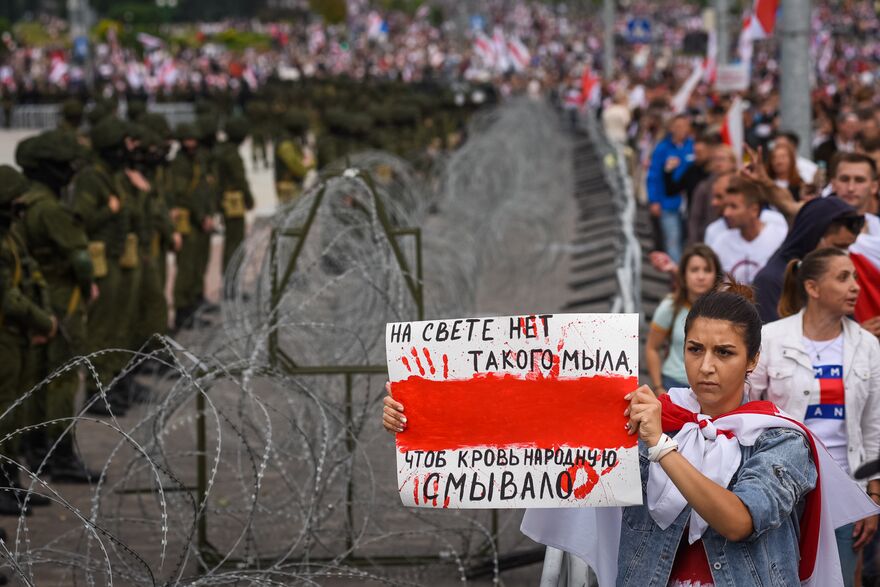
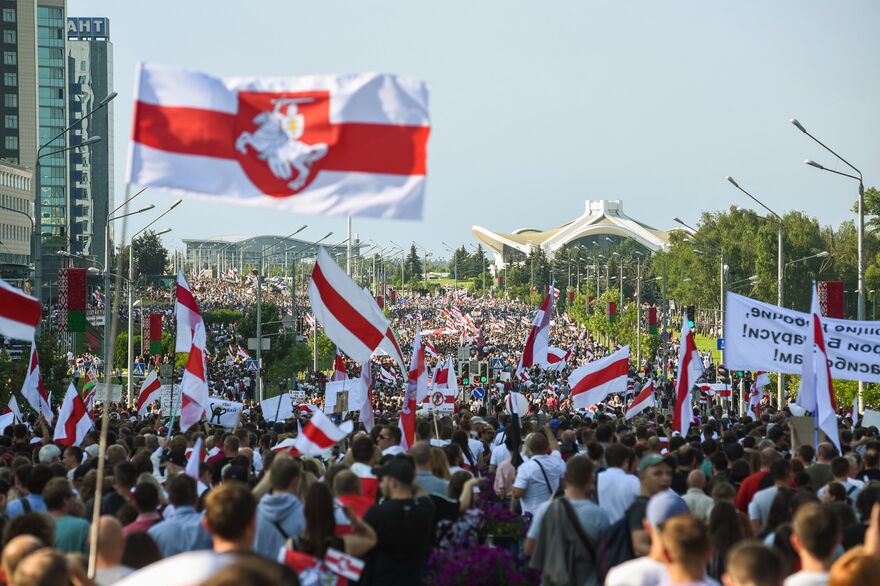



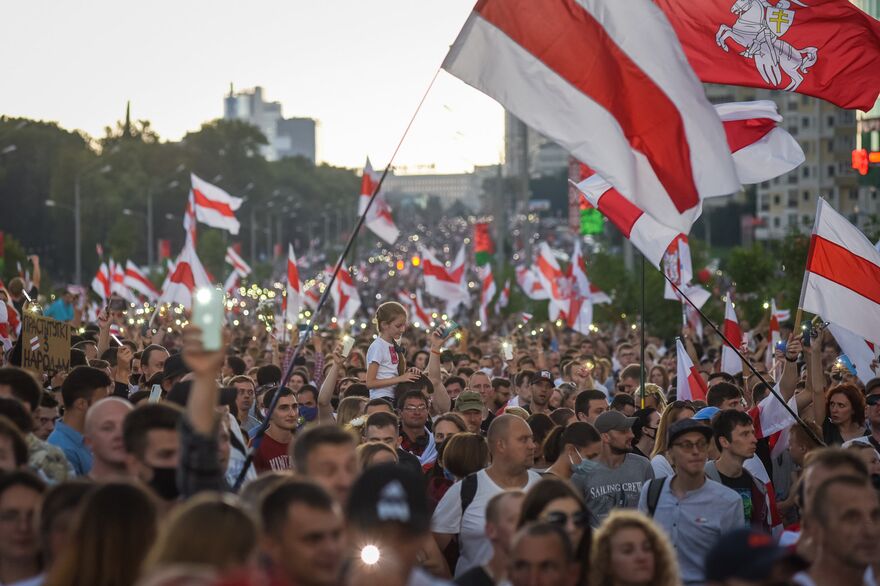


Belarusian protests
Jury Honorable Mention
Single

Parkour on rubble
1st place

Green rectangle in the desert
2nd place
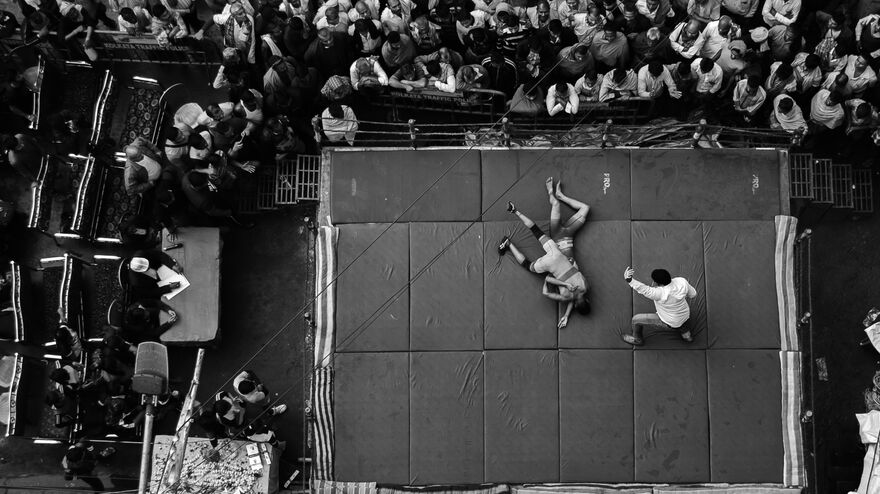
Pinned Down
3rd place

Turkish national swimmer Nil Sahin
Jury Honorable Mention

Figure grabbing
Jury Honorable Mention
Series
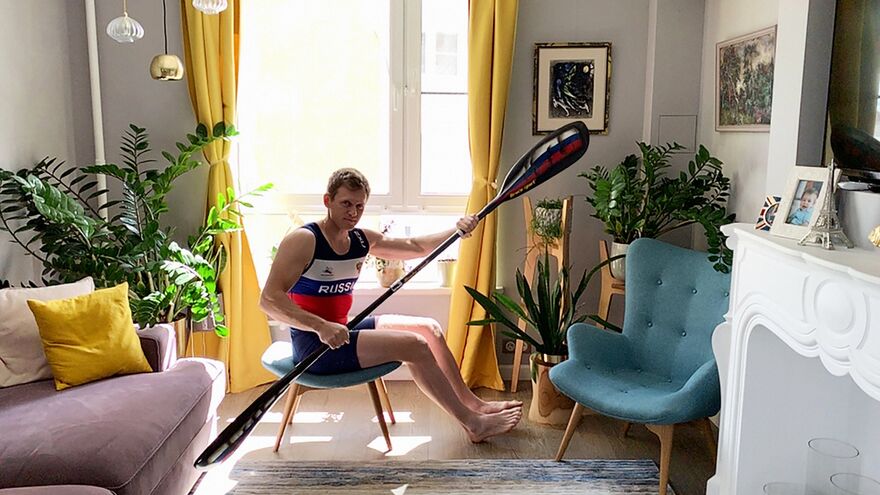



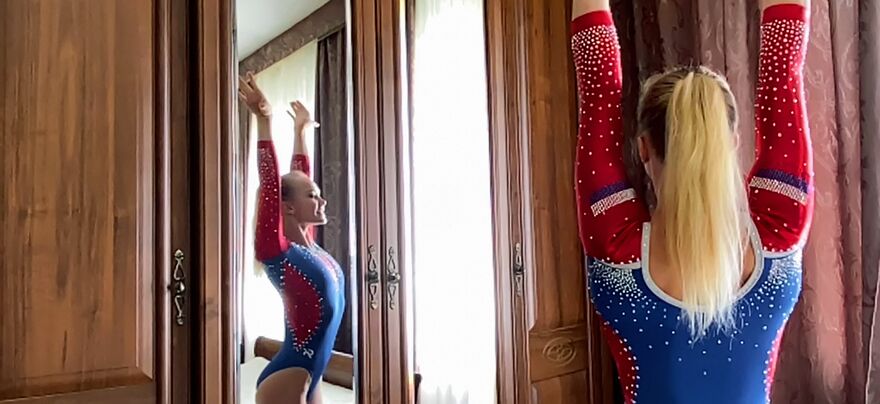

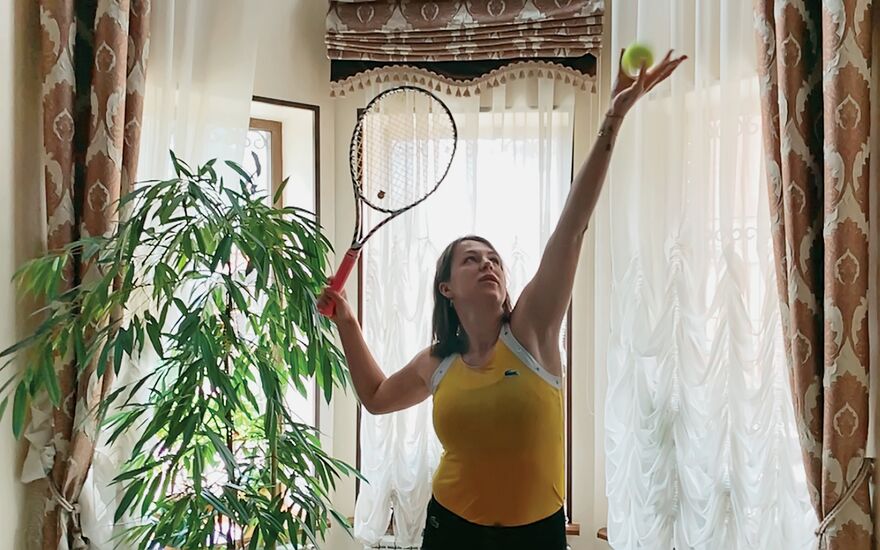


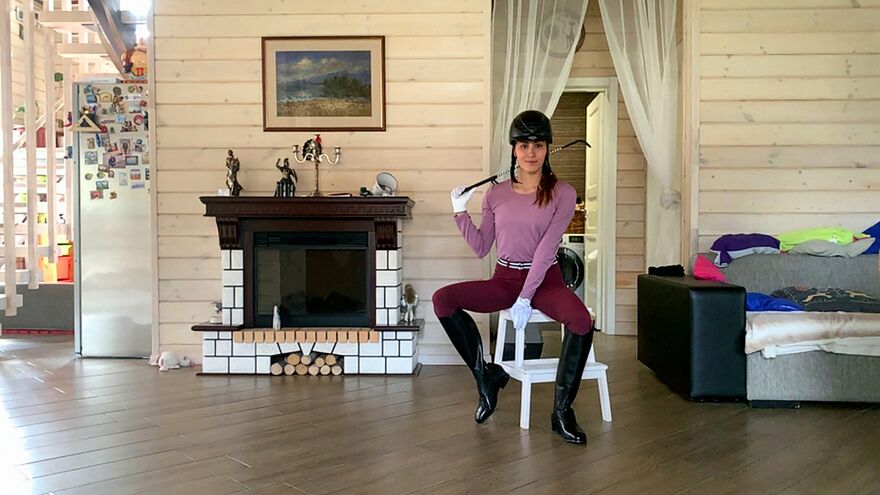
Home Olympics
1st place








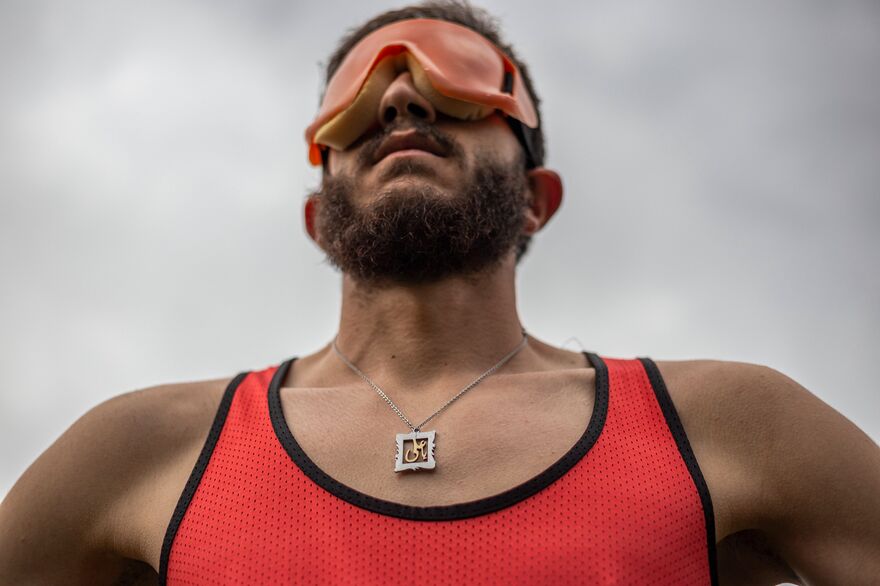



Patience, Ayuob...
2nd place








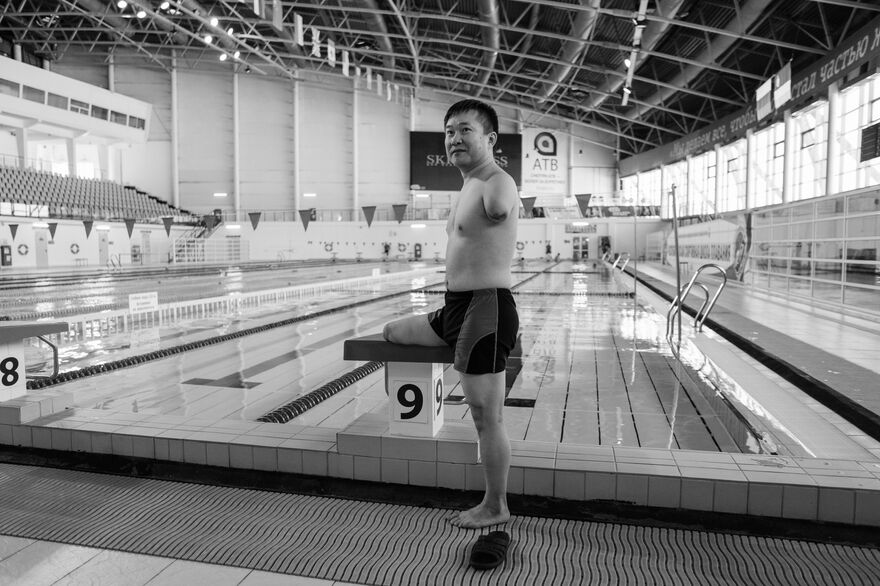

Alexander Gombozhapov: I overcome myself every day
3rd place


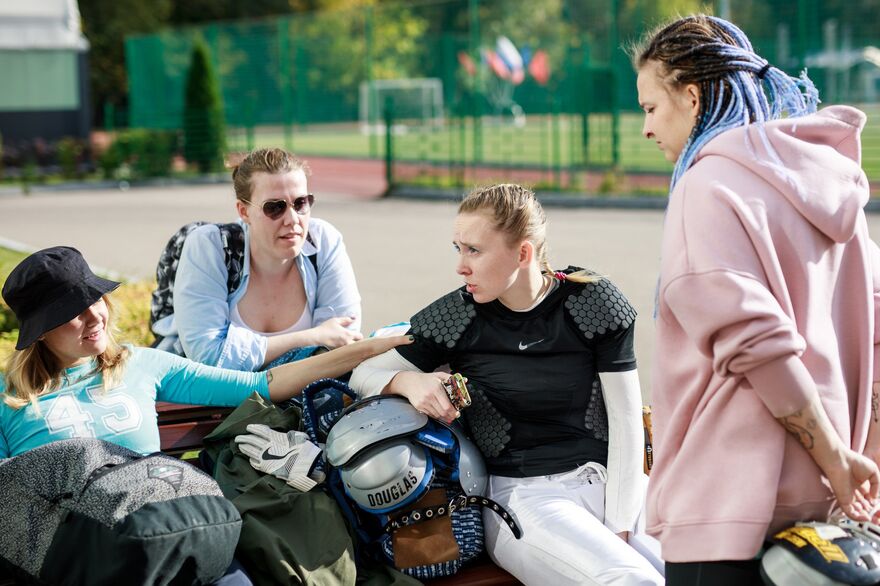

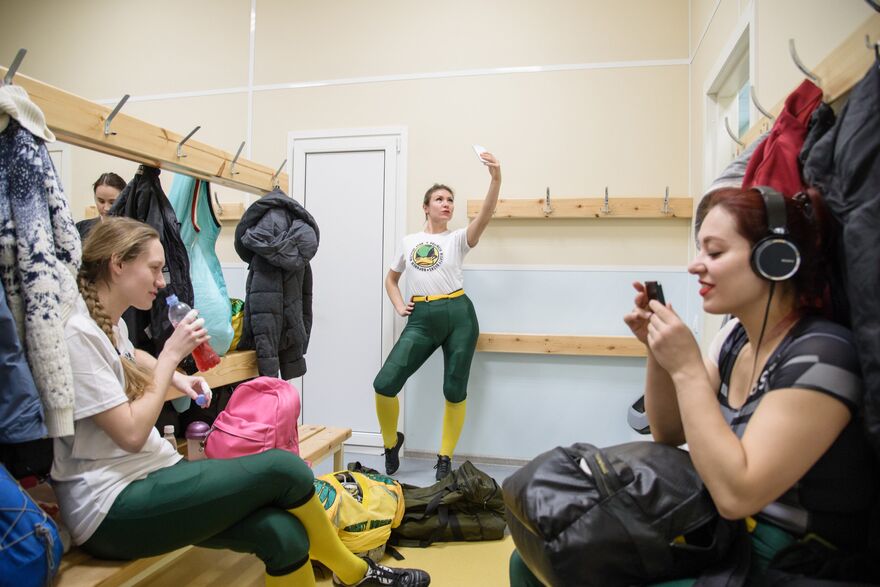



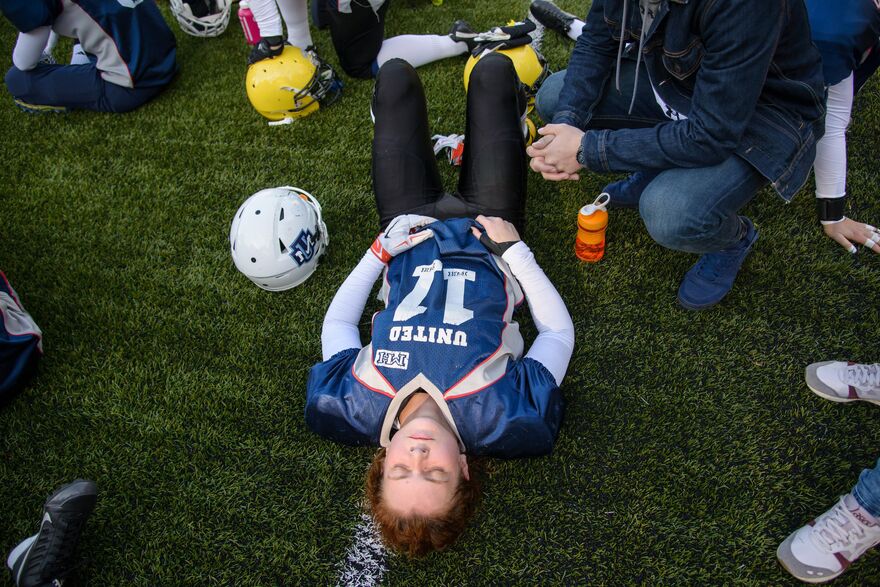

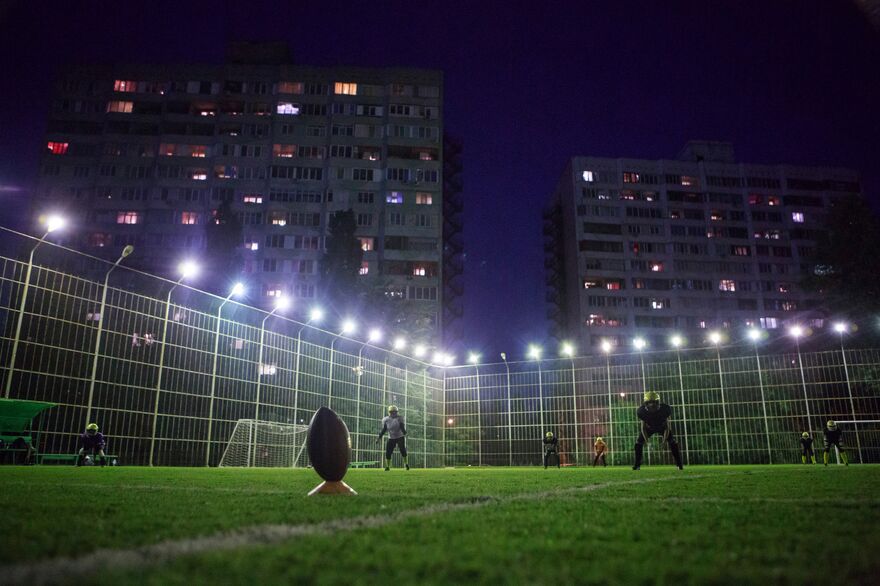

On the field, anything goes
Jury Honorable Mention
Single

New danger to life below water: COVID-19 waste
Grand Prix

Ski into spring
1st place

Place of power
2nd place

It's bath time
3rd place

Happy Farmer
Jury Honorable Mention
Series


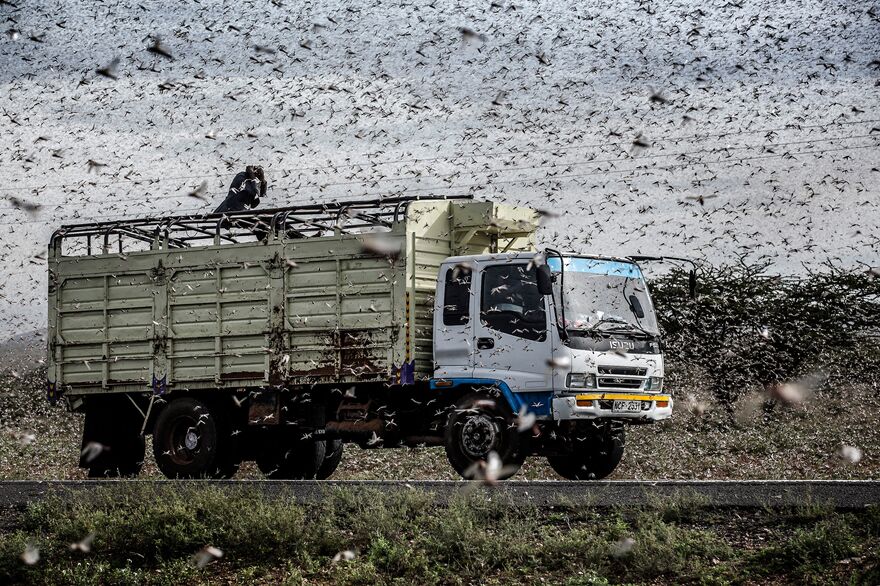

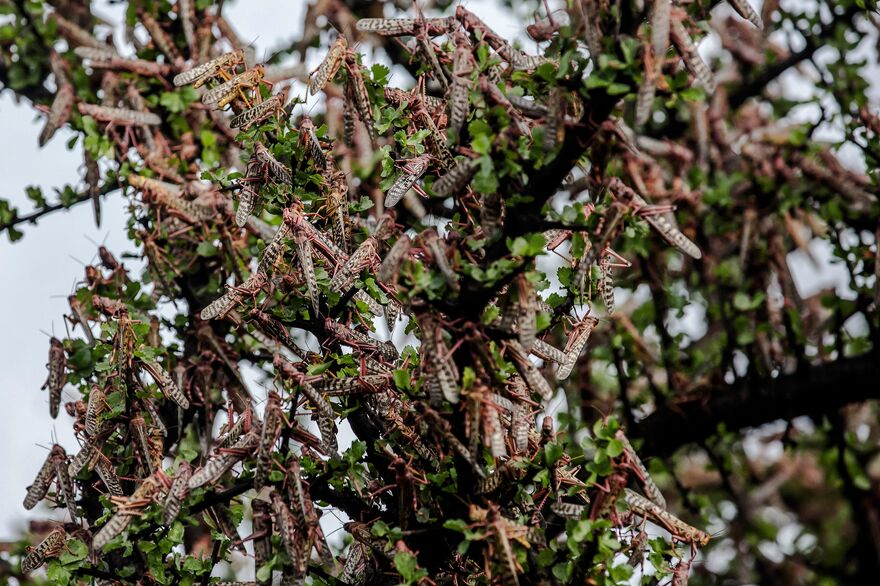

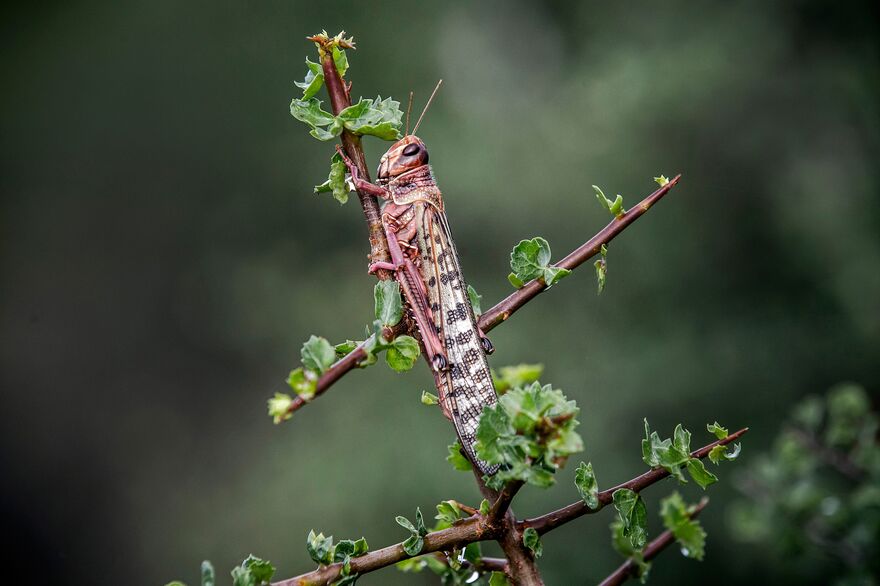





Locust invasion in East Africa
1st place. Special prize by Shanghai United Media Group


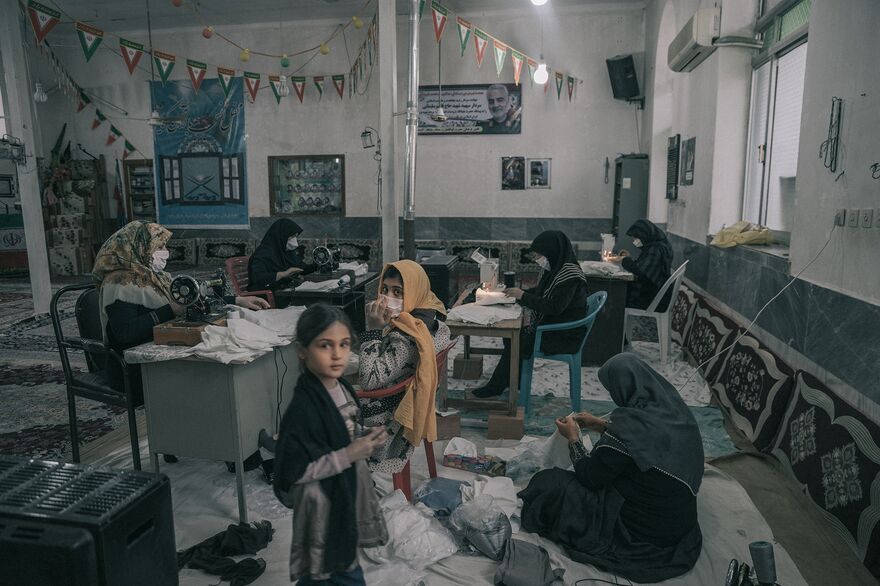


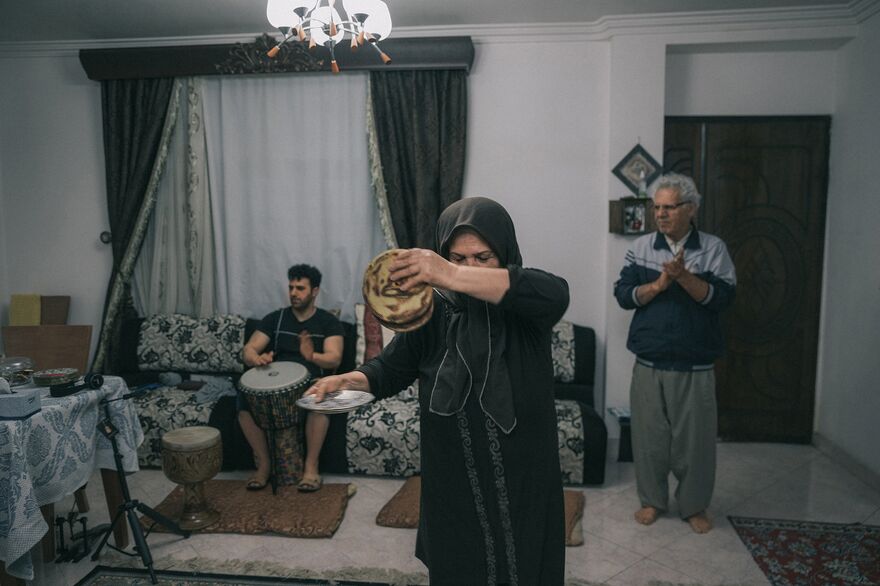
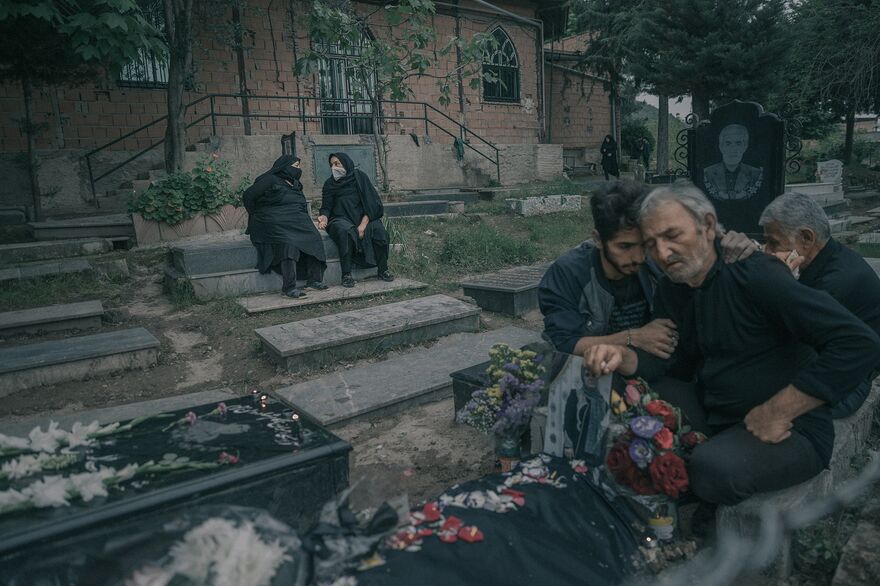

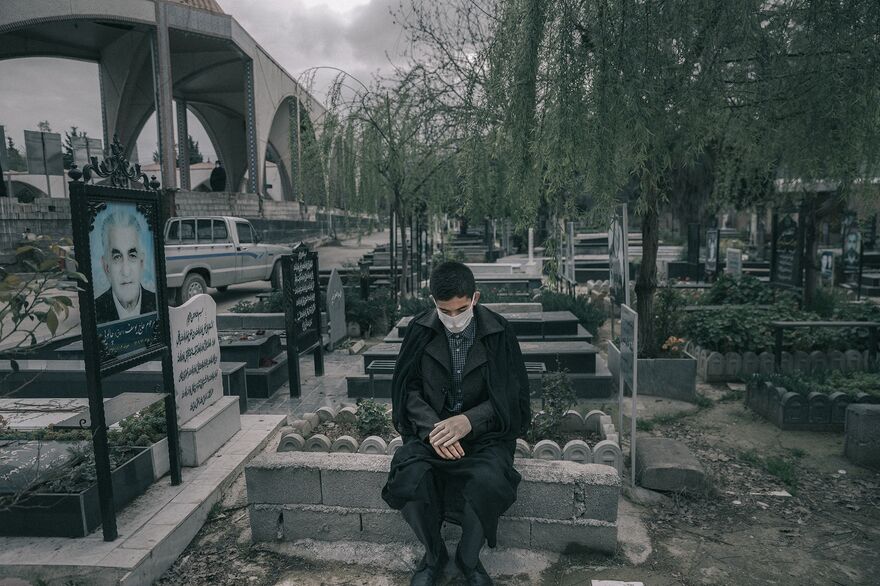
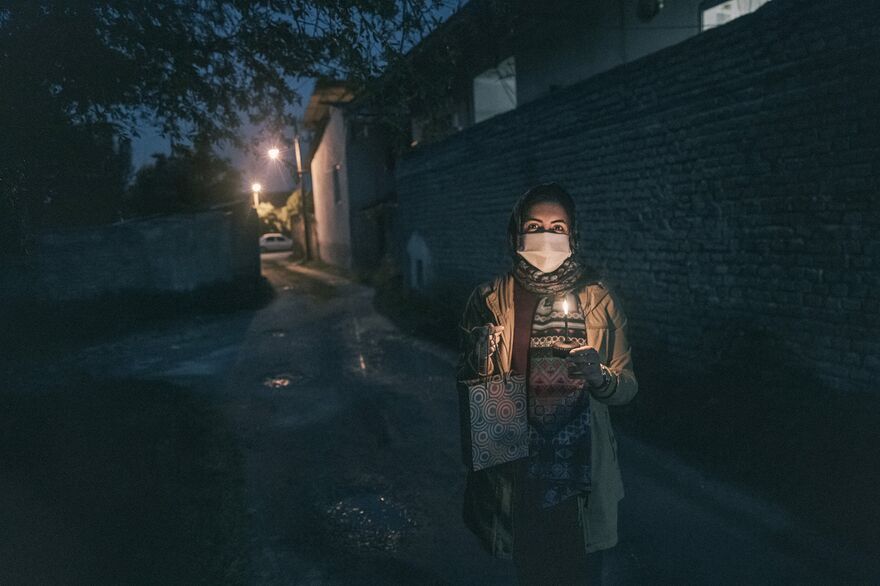


Inside living cells
2nd place
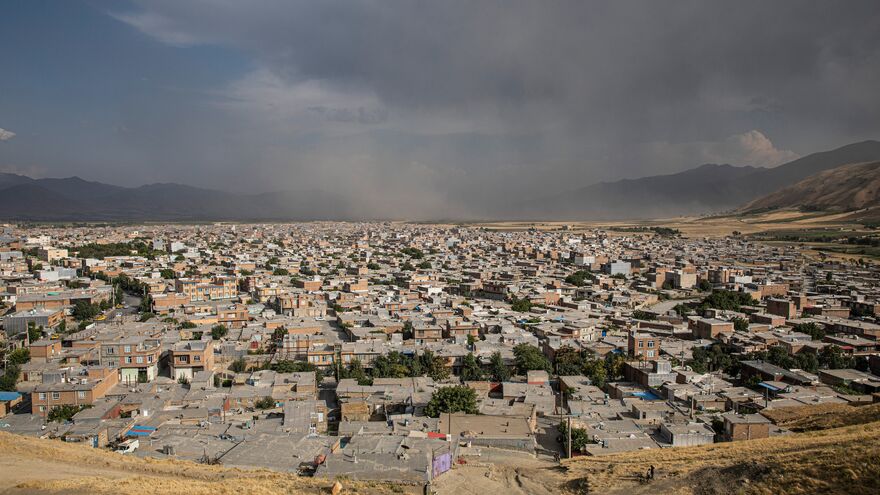



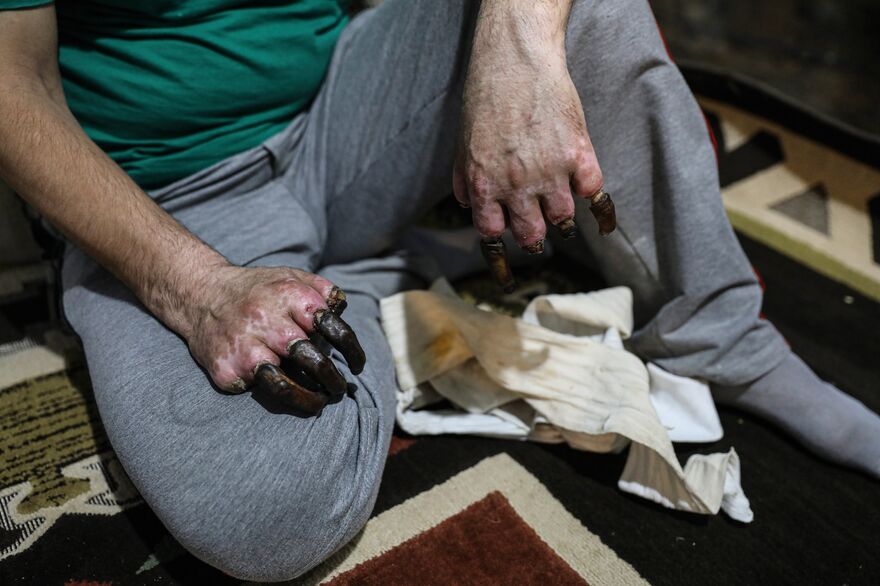

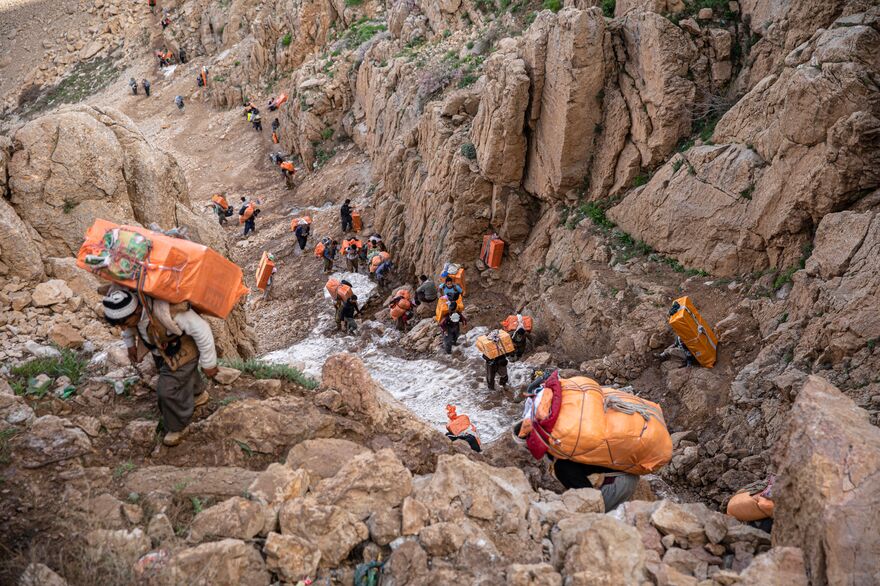




Bullets have no borders
3rd place












Until the corn grows back
Jury Honorable Mention




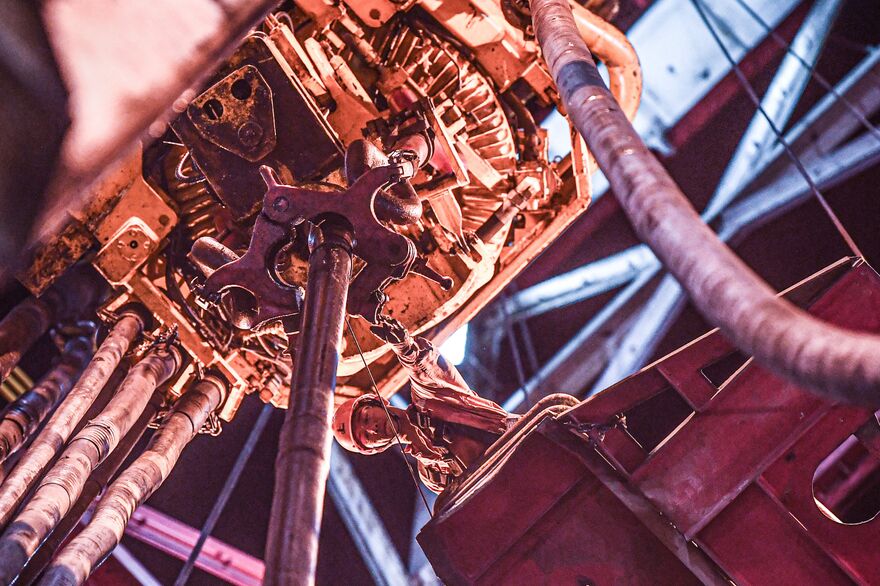




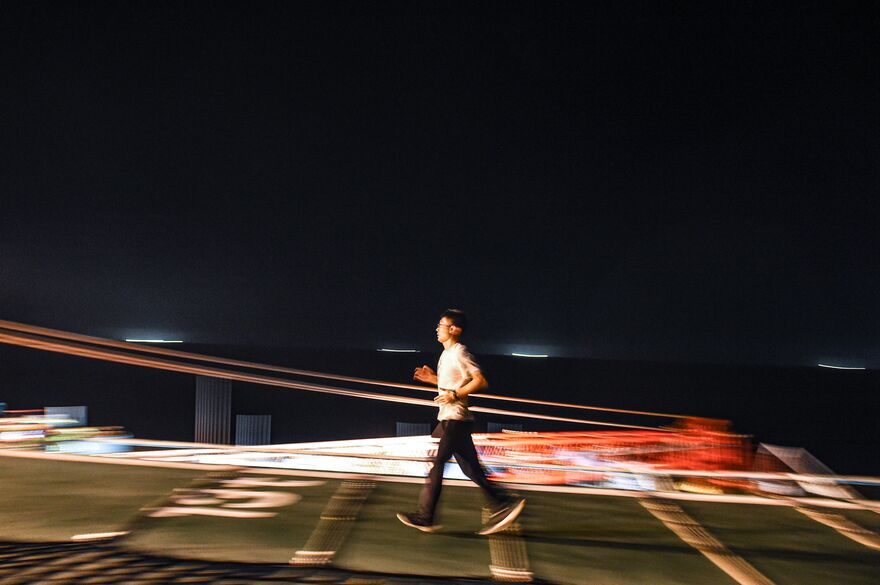

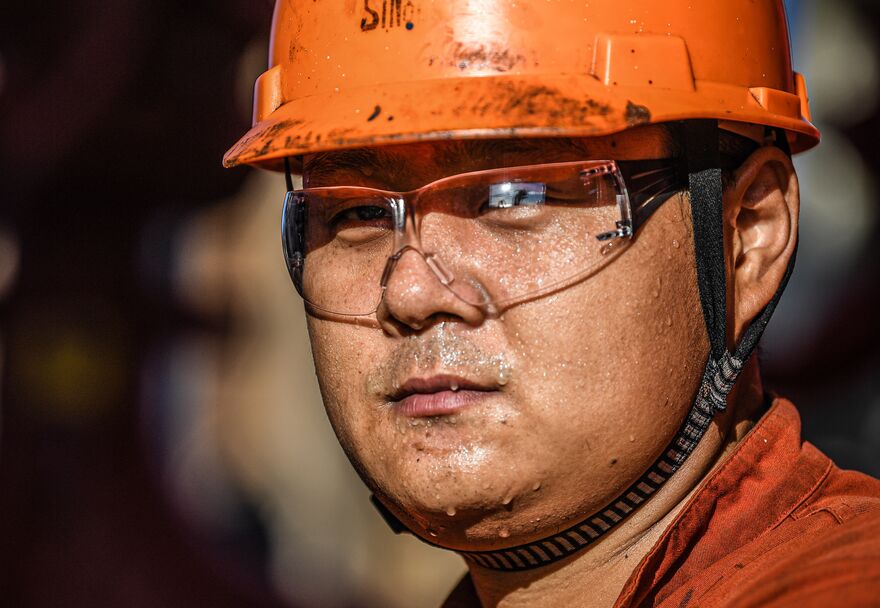
Chinese well-drilling workers In South China Sea
Jury Honorable Mention
Single
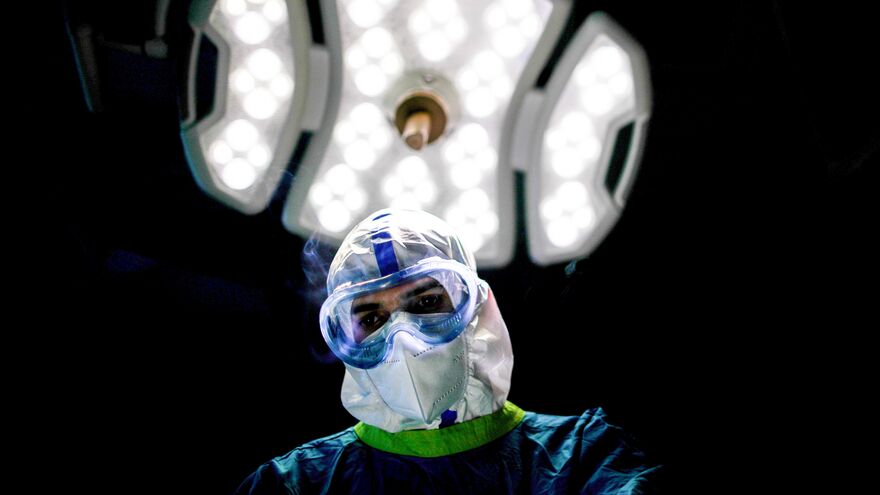
Faces of the Time
1st place

Wihad
2nd place
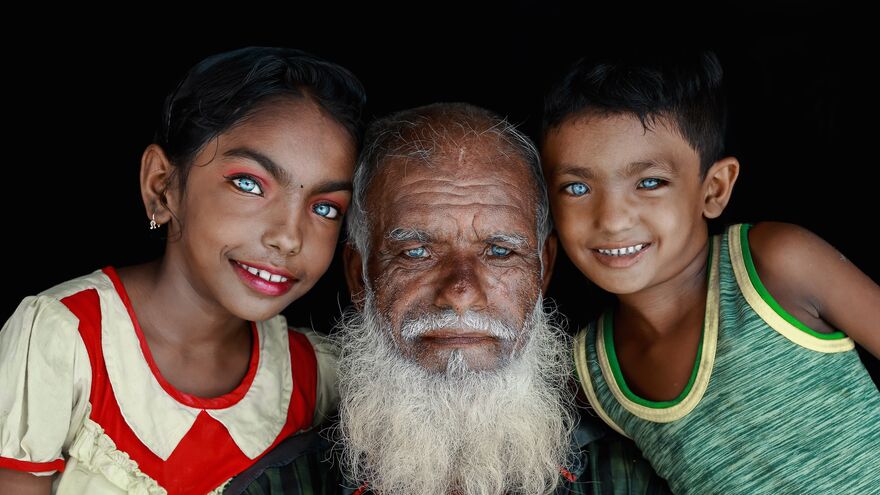
Beauty of eyes
3rd place

Patrick Hutchinson
Jury Honorable Mention
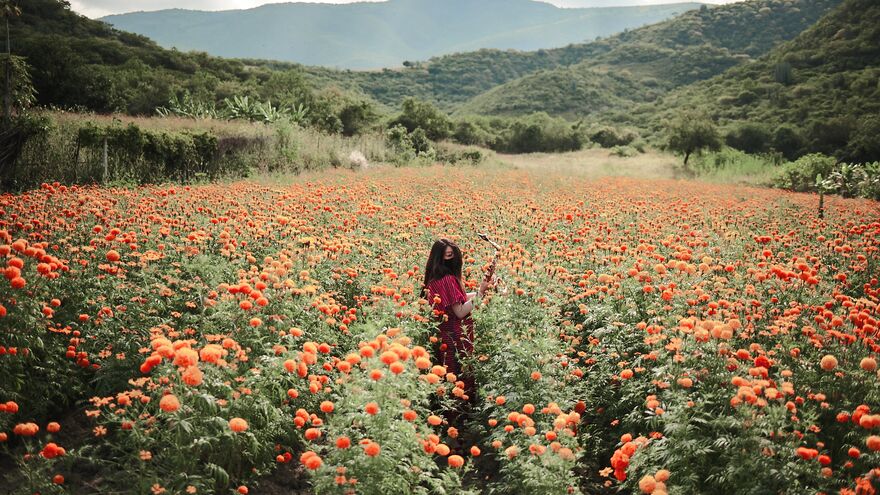
Maria Elena
Jury Honorable Mention
Series





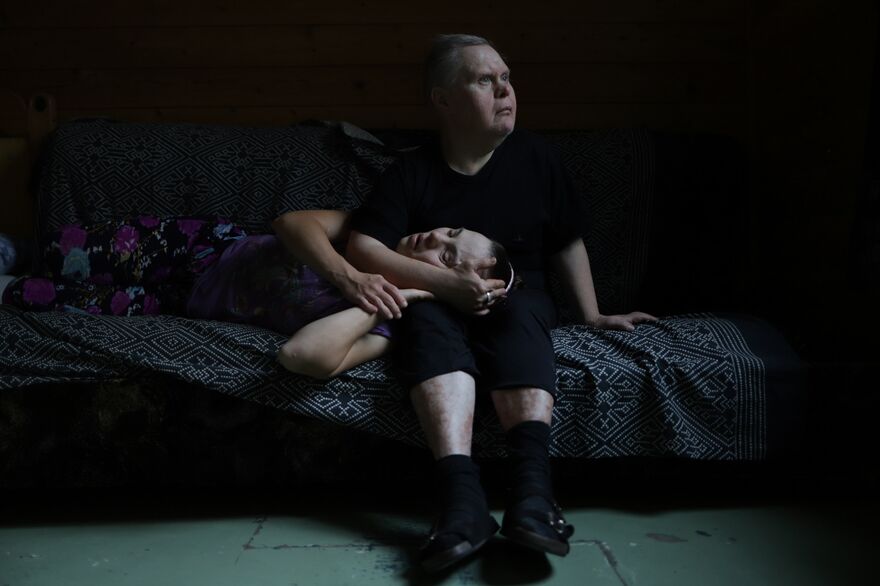






М+T
Grand Prix

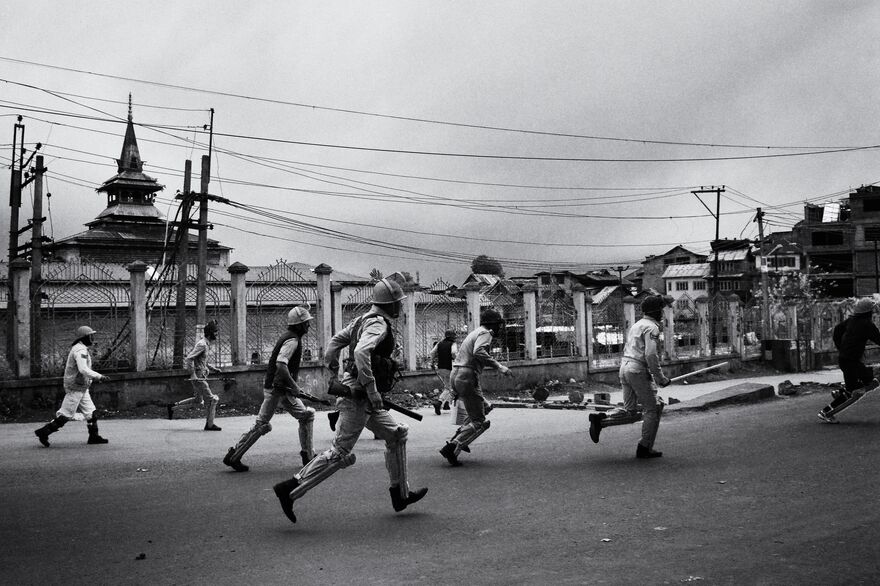

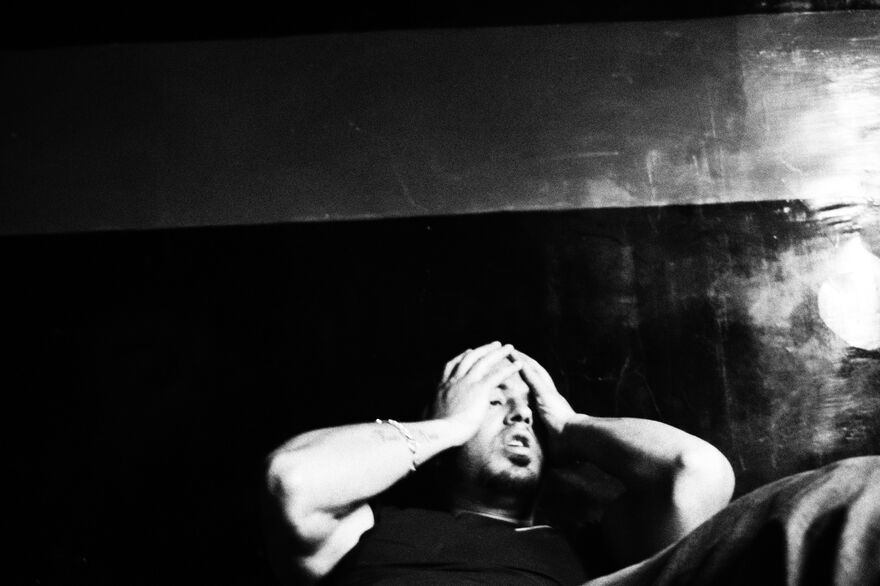
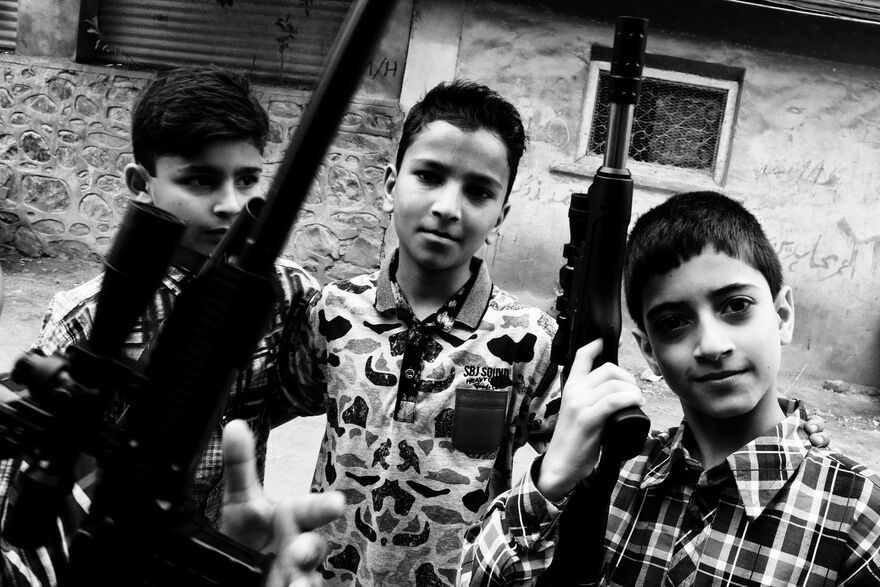
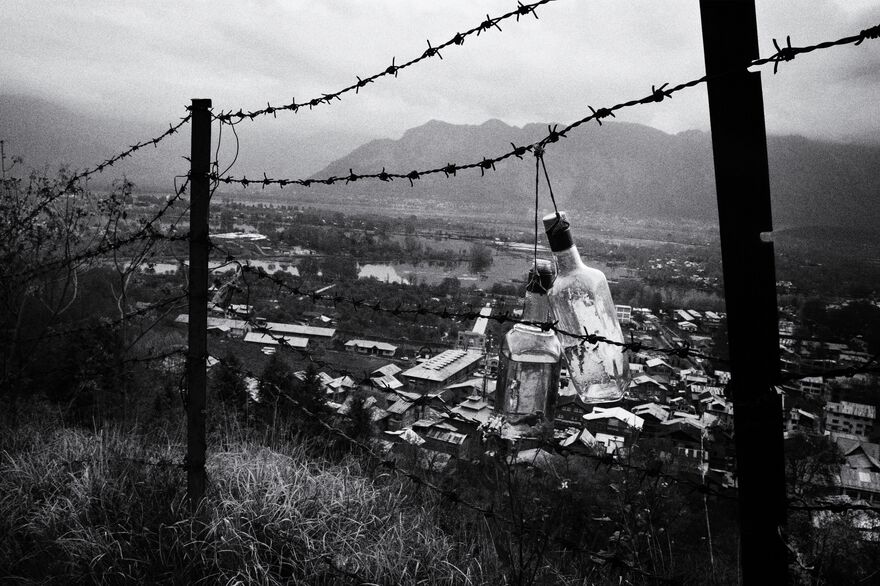


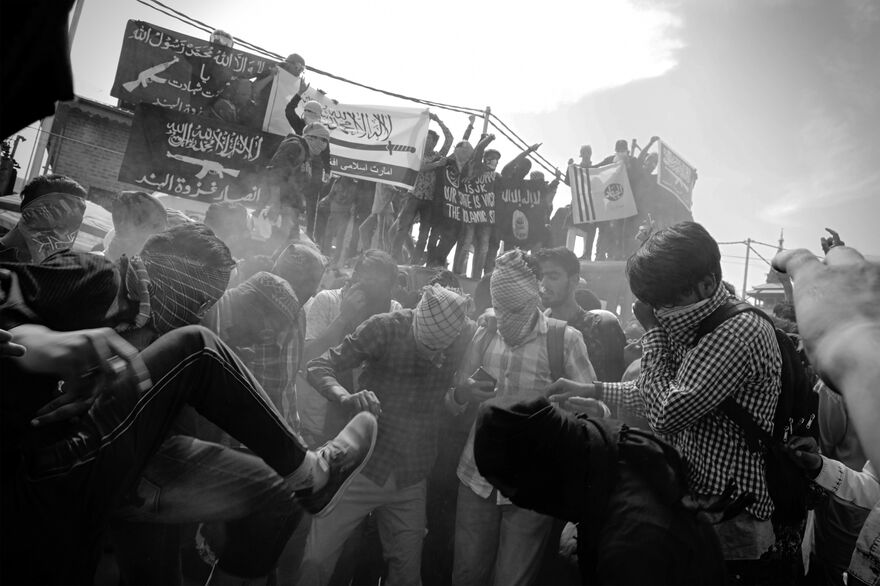


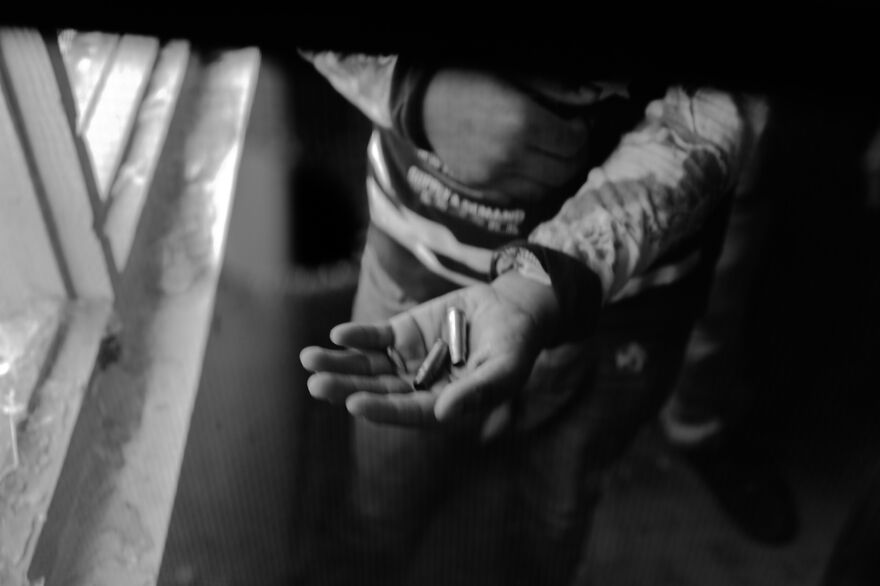
Kashmir: A disputed legacy
1st place



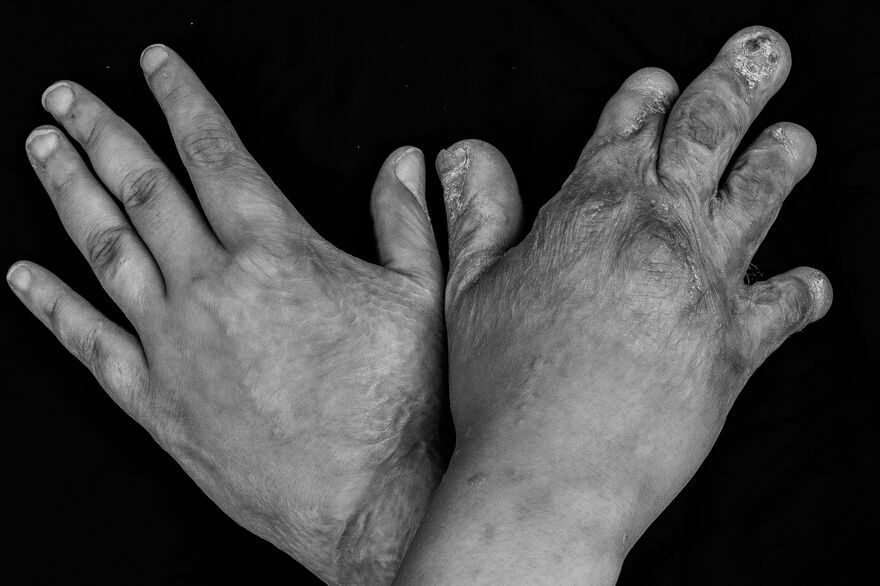
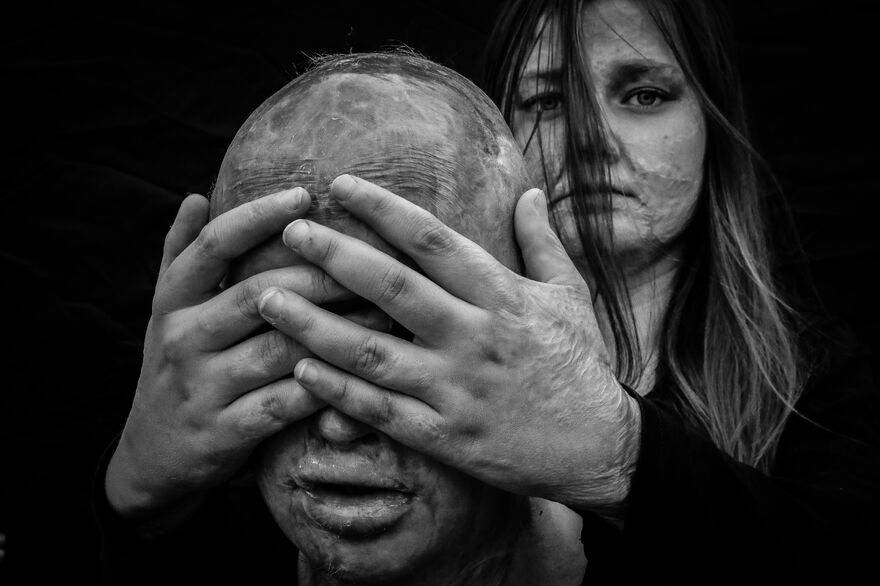



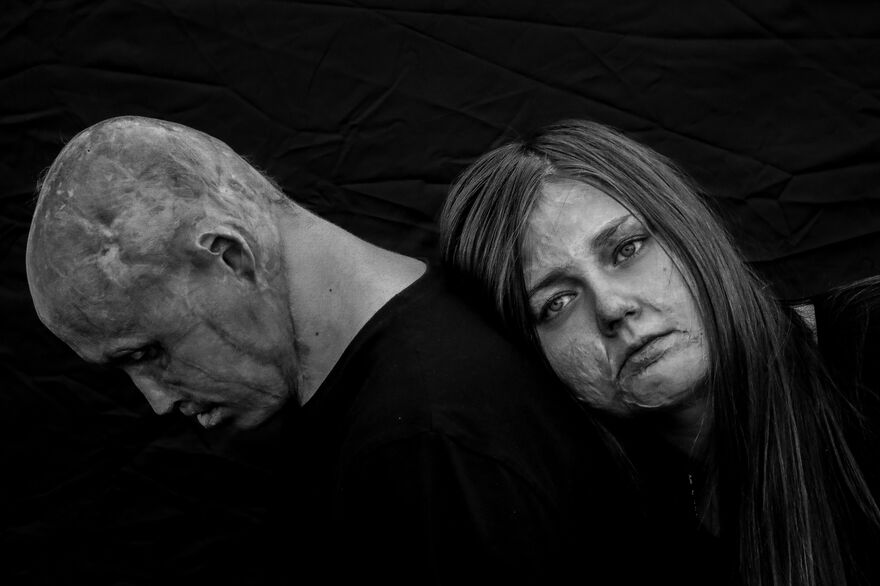

Phoenix story
2nd place


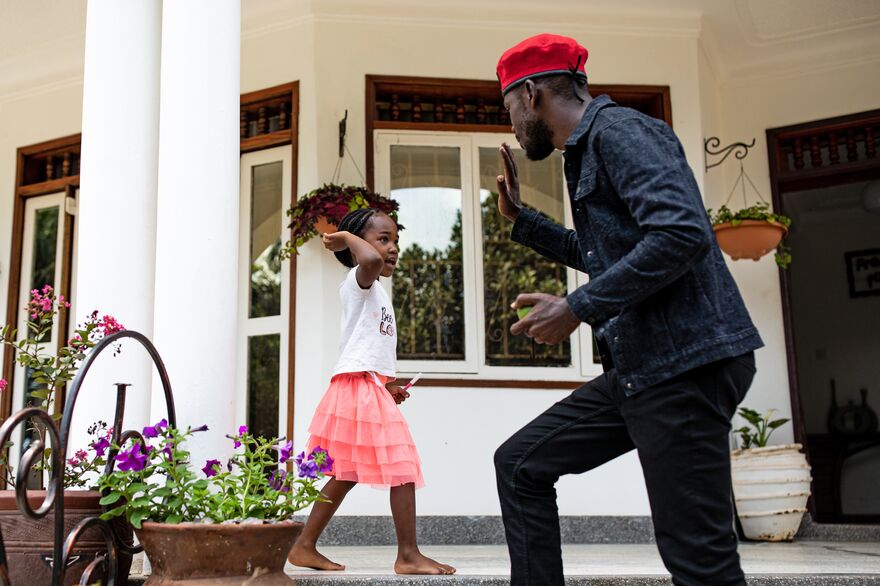









Bobi Wine
3rd place





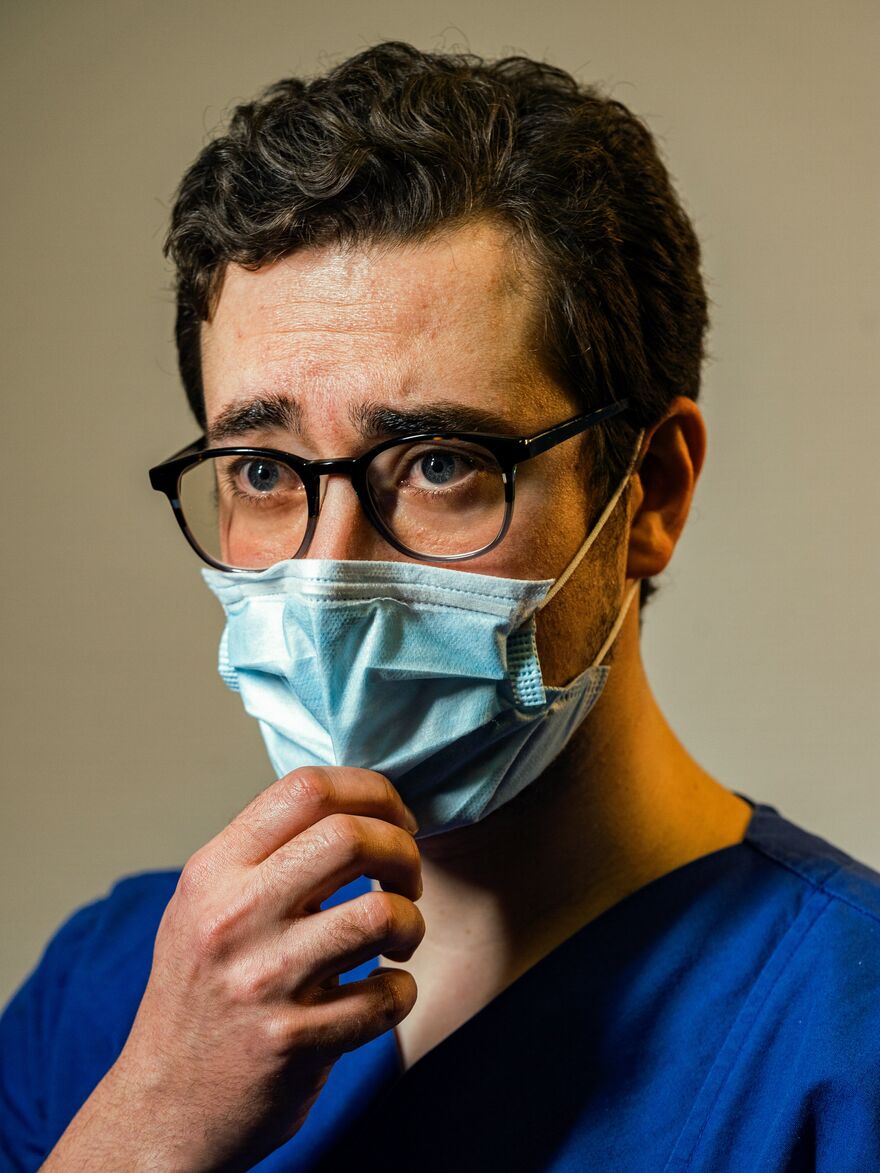
“There is glory in prevention”
Jury Honorable Mention. Special prize by Al Mayadeen TV